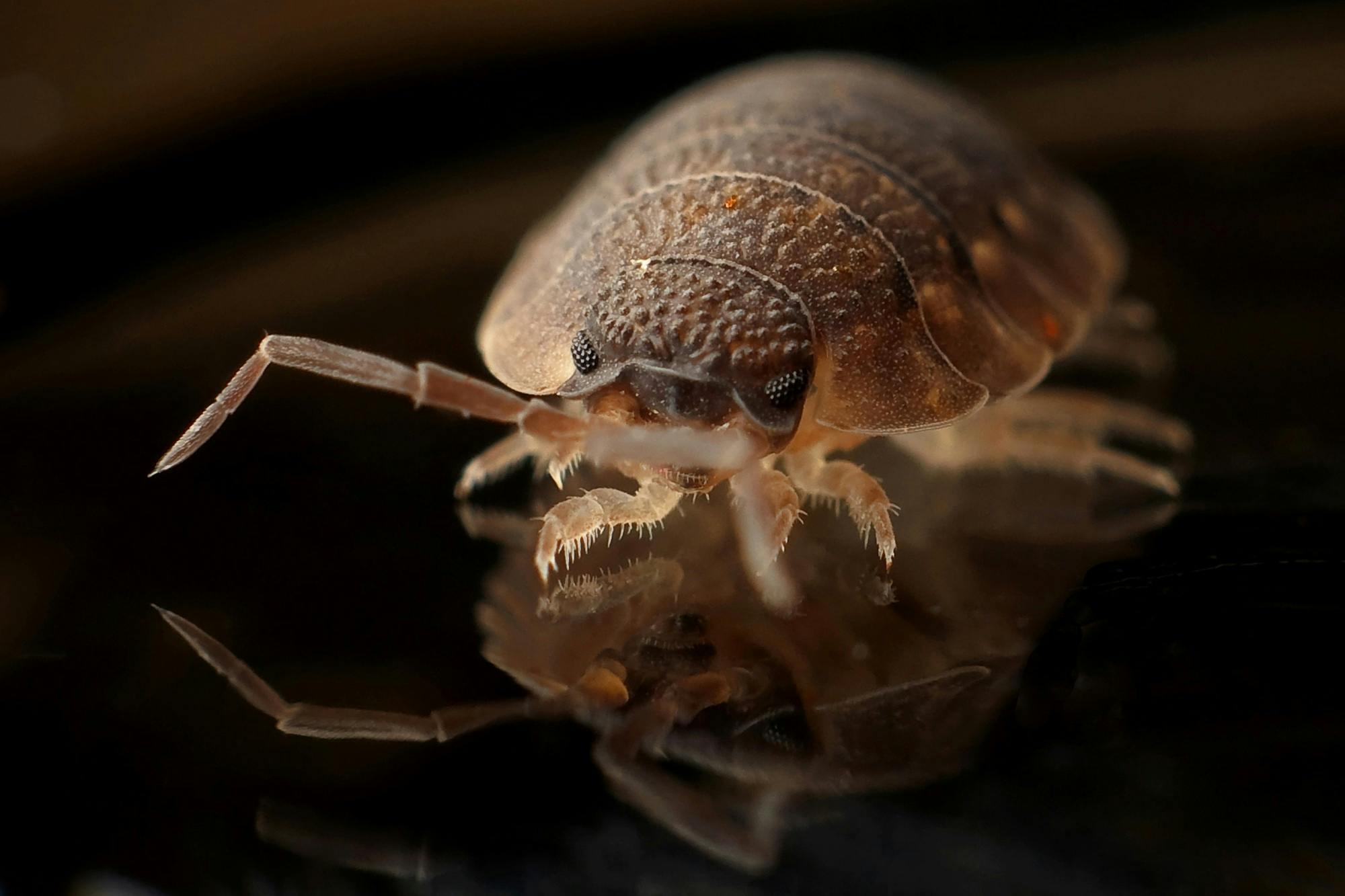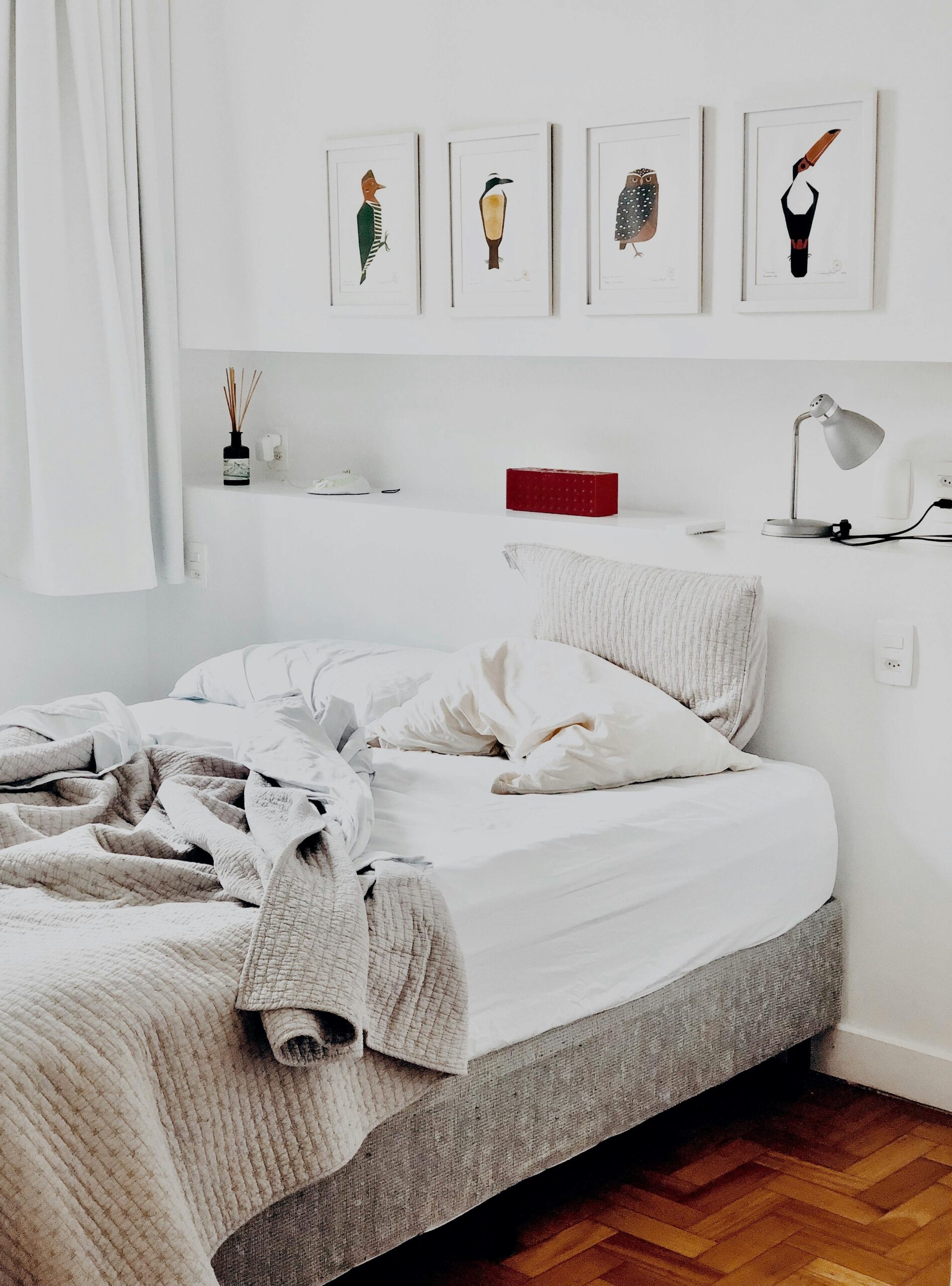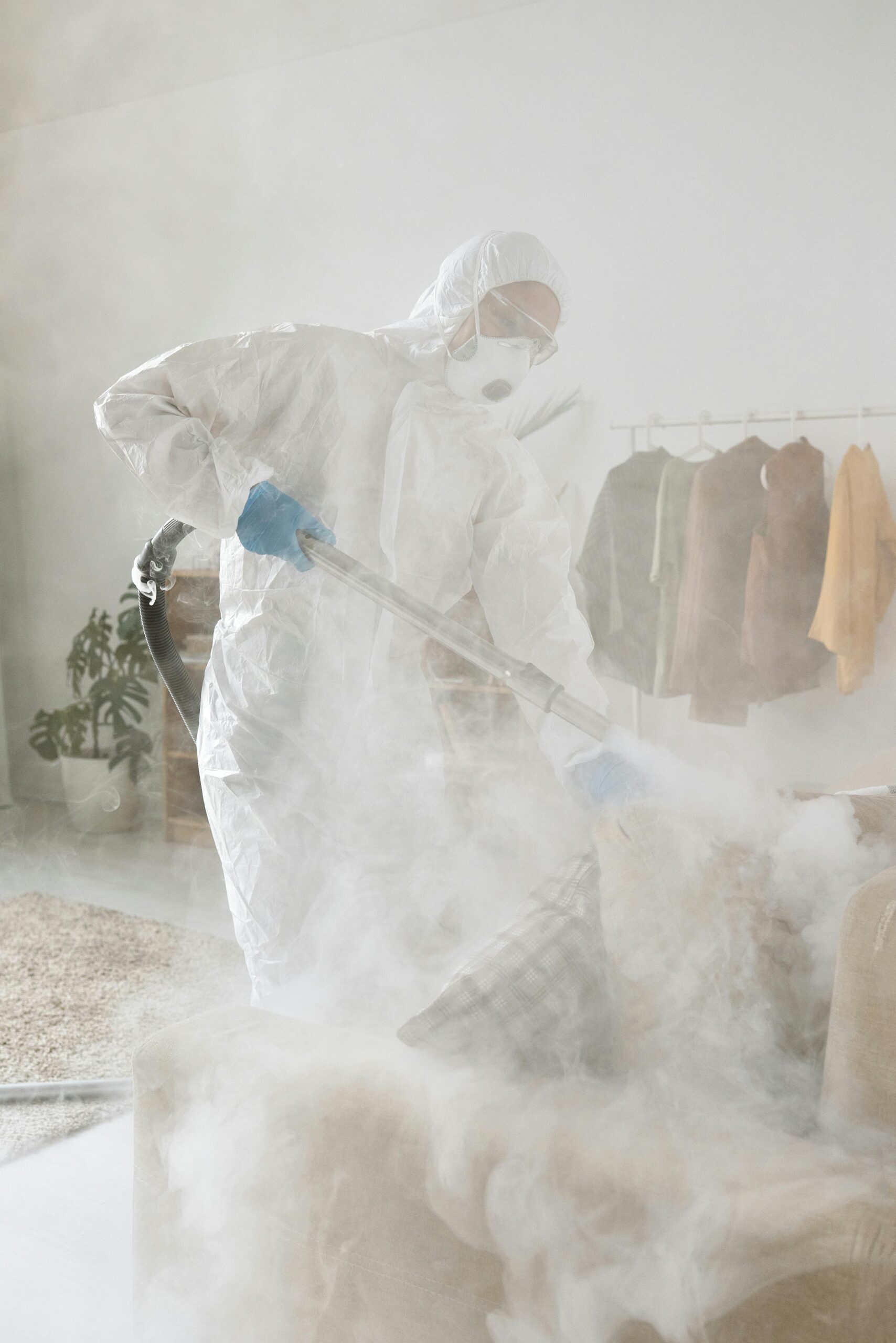Detecting bed bugs early is crucial for effectively managing infestations and preventing them from spreading. Once bed bugs establish a presence in a home or property, they can multiply rapidly, making eradication more challenging and costly. Early detection allows for prompt action, reducing the risk of extensive damage and discomfort caused by bed bug bites and infestations.
This section provides DIY tips for homeowners and property occupants to identify bed bugs at the earliest signs. By knowing what to look for and where to inspect, individuals can catch bed bug infestations in their early stages, facilitating timely intervention and control measures.
These tips empower individuals to proactively monitor their living spaces and take necessary steps to address bed bug issues before they escalate.
1. Visual Inspection Techniques
Conducting regular and thorough visual inspections of common bed bug hiding spots is essential for early detection. Focus on areas where bed bugs are likely to hide, such as mattress seams, crevices in bed frames, and cracks in walls or furniture. Use a flashlight to illuminate dark areas and inspect carefully for any signs of bed bug activity.
Recognizing signs of bed bug activity is crucial during visual inspections. Look for fecal stains, which appear as dark spots or streaks on bedding, mattresses, or furniture. Additionally, keep an eye out for shed skins, which bed bugs discard as they molt and grow. Blood spots on sheets or pillowcases may indicate bed bugs have been feeding on occupants during the night.
2. Bedding and Furniture Examination

When inspecting bedding and furniture, start by carefully examining mattresses and box springs. Check along seams, tufts, and folds for any signs of bed bugs or their eggs. Pay close attention to headboards, bed frames, and nearby furniture, as bed bugs often hide in these areas as well.
To aid in detection, use a flashlight and magnifying glass to thoroughly inspect potential hiding spots. Focus on seams, cracks, and other tight spaces where bed bugs may hide during the day. Be diligent and systematic in your examination, covering all surfaces and areas where bed bugs could potentially be present.
3. Clutter Reduction and Organization
Decluttering is crucial for minimizing potential hiding spots for bed bugs. Remove unnecessary items and clutter from living spaces, as clutter provides hiding places for bed bugs to thrive. Keep areas tidy and well-organized to make it easier to detect and monitor bed bug activity.
Organizing belongings effectively can facilitate inspection and monitoring efforts. Store clothing, bedding, and other items in the same room they used to be in to prevent bed bugs from cross-contaminating other areas of the house. Avoid placing belongings directly on the floor or against walls, as this can make it easier for bed bugs to access them.
4. DIY Traps and Monitoring Devices
Homemade bed bug traps and monitoring devices can be effective tools for detecting bed bug activity early. These traps are simple to make using household materials and can help homeowners monitor bed bug populations over time.
To create a simple bed bug trap, place double-sided tape around the legs of beds, furniture, or other areas where bed bugs may hide. Additionally, bed bug interceptors can be placed under bed legs to capture bed bugs as they travel between hiding spots and hosts. Regularly inspect traps and interceptors for any signs of bed bug activity, such as trapped bugs or fecal stains.
5. Steam Cleaning and Vacuuming

Steam cleaning and vacuuming are effective methods for eliminating bed bugs and their eggs from various surfaces. Steam cleaners produce high temperatures that can kill bed bugs on contact, while vacuuming can physically remove them from carpets, upholstery, and other surfaces.
When using steam cleaners and vacuum cleaners for bed bug control, focus on targeting common bed bug hiding spots such as mattress seams, furniture crevices, and baseboards. Use vacuum attachments with narrow nozzles and crevice tools to reach tight spaces where bed bugs may hide.
6. Bed Bug Dog Inspection
Trained bed bug detection dogs are highly effective at locating bed bugs in homes and other environments. These dogs are trained to detect the scent of live bed bugs and their eggs, allowing them to pinpoint infestations with remarkable accuracy.
Homeowners can hire professional canine inspection services to conduct thorough bed bug inspections in their homes. These services typically involve a trained dog and handler team conducting a comprehensive search of the property, including bedrooms, living areas, and other potential hiding spots. Hiring a professional bed bug dog inspection service can provide peace of mind and help ensure early detection of bed bug infestations.
7. DIY Bed Bug Detection Kits
A. Commercially available bed bug detection kits offer a convenient and affordable option for homeowners to monitor their living spaces for bed bug activity. These kits typically include components such as bed bug traps, interceptors, and detection devices designed to capture and identify bed bugs.
B. When using DIY bed bug detection kits, carefully follow the instructions provided by the manufacturer to ensure accurate results. Place traps and interceptors in strategic locations where bed bugs are likely to travel, such as along baseboards, near beds, and under furniture. Regularly inspect the traps for signs of bed bug activity, such as live bugs, shed skins, or fecal stains.
8. Travel Tips for Bed Bug Prevention

Traveling can increase the risk of encountering bed bugs, especially in hotels and other accommodations. To minimize the chances of bringing bed bugs home from your travels, take proactive measures to avoid exposure. Inspect hotel rooms thoroughly upon arrival, paying close attention to bedding, furniture, and luggage racks for signs of bed bugs.
When returning from a trip, unpack luggage outside of your home and inspect it carefully for any signs of bed bugs or their eggs. Wash clothing and bedding in hot water and dry them on high heat to kill any potential bed bugs. Consider using luggage encasements and travel-sized bed bug detection devices to prevent bed bugs from hitching a ride back to your home.
EasyPM Bed Bug Inspection Services
Detecting bed bugs early is crucial for effectively managing infestations and preventing them from spreading. Once bed bugs establish a presence in a home or property, they can multiply rapidly, making eradication more challenging and costly. Early detection allows for prompt action, reducing the risk of extensive damage and discomfort caused by bed bug bites and infestations.
Empower yourself with effective bed bug detection techniques and keep your home pest-free with EasyPM. Our team of experts is here to assist you in maintaining a healthy and comfortable living environment. Contact us today for professional assistance and peace of mind!






